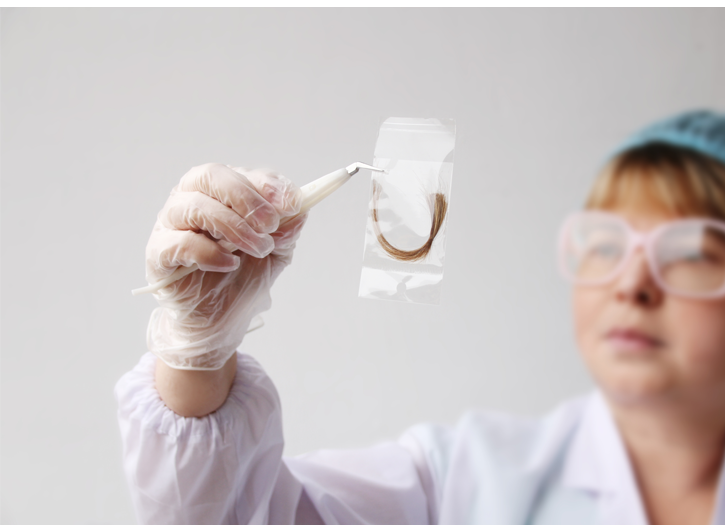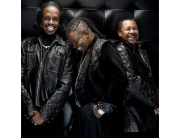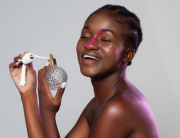Undergoing a drug test can be stressful, especially when you’re unsure how it goes and why it’s required in the first place. There are several drug testing methods conducted by medical laboratories, one of which is the hair follicle test.
This article will further explain this type of drug test and when you should get one.
Hair follicle test: What is it?
A hair follicle test, or hair drug test, is a method used to detect a person’s drug use through their hair sample. Experts consider this method one of the most accurate ways of screening because it has the longest drug detection window period of 3 to 12 months. Thus, it’ll be easier for medical laboratories to detect and estimate the person’s pattern of drug use.
The results from the hair follicle test are also nearly impossible to manipulate. With saliva or urine tests, you can drink lots of fluid to cover up drug use and manipulate the results. But you can’t do the same with hair follicle testing.
Hair follicle testing is reported to be efficacious in detecting drug use or misuse of oxycodone and cocaine. It’s also a much less invasive procedure, unlike urine tests and saliva drug tests.
How does a hair follicle test work?
When a person consumes drugs in any way, the substance will automatically travel into their bloodstream. Since each hair follicle has its own blood vessels, drugs can also travel to the core of your hair through the follicle, sweat glands, and your scalp’s oil glands. The consumed drugs can stay in your hair for long-term, even as it grows, which is why this drug test method has the longest window period of detection.
The administrator will take a hair sample from the person’s scalp to conduct the drug test. Preferably, the sample hair must be about 100 milligrams. This will then be sent to a toxicology testing lab for proper analysis.
What is this test for?
This drug test method aims to find evidence of drug use or misuse by a person. A hair follicle test is also helpful if you wish to confirm the person’s claim of abstinence from drugs.
Here are a few ways hair follicle test is used:
- Employment testing
Employers from specific industries may require applicants to undergo this drug test for employee screening. This is done to avoid workplace accidents or negligence caused by employees working while under the influence of drugs. Sources also claim that the hair follicle drug test has the highest “fear factor” to deter current employees and applicants from using or misusing drugs.
Certain individuals designated in safety-sensitive positions will also be required to undergo hair follicle tests, such as firefighters, police officers, and other emergency responders.
- Medical testing
It’s rare for doctors or other healthcare professionals to use a hair sample to diagnose a person’s health. However, there may still be certain situations that require a hair follicle test to help doctors gather more valuable information from the patient. For instance, hair follicle testing may be necessary during post-mortem examination (autopsy), especially if the deceased person is suspected of long-term drug use/misuse.
- Drug rehabilitation programs
Drug rehabilitation centers may also conduct hair follicle testing to detect their patients’ patterns of drug misuse or to verify their period of abstinence.
- Forensic and legal testing
During criminal investigations, officers and investigators may initiate hair follicle drug tests on people involved in the case. This is to help determine whether the suspected criminals were under the influence of drugs.

a dermatologist trichologist examines the hair of a young woman patient. Trichology is the science of the condition and structure of hair. Hair health.
When do you need to get a hair follicle test?
If you wonder when a person takes a hair follicle test, below are a few reasons:
- For a job application or a company requirement
- For your health check-up, especially when your doctor instructs you to take one
- For legal purposes
If you’re currently taking some prescribed medications, you must let the drug test administrator know to avoid false-positive test results.
The Department of Health & Human Services has also authorized federal agencies and safety-sensitive industries to mandate regular hair follicle drug testing in their organizations. Thus, if you’re working under a federal agency or safety-sensitive industry, expect that you’ll be required to subejct to a hair follicle test.
On the other hand, parents considering having their kids or adolescents undergo hair follicle drug testing, especially without their consent, are highly discouraged. The American Academy of Pediatrics (AAP) states that conducting drug tests (like hair follicle tests) on a child or teen without their knowledge and consent can bring consequences and strain to the relationship between the parents and the children.
Furthermore, there’s a lack of evidence that forcing drug tests on kids and teens will reduce their risk of using and abusing drugs in the future.
How much does the hair follicle test cost?
A hair follicle drug test is generally more expensive than a urine test. When performed in medical laboratories or hospitals, the cost may range between USD$100 to USD$125. Meanwhile, at-home hair follicle test kits can cost between USD$65 to USD$85.
If a company or organization has required you to undergo hair follicle drug testing, they’ll usually cover the expenses.
Conclusion
Overall, hair follicle testing can be the best option for people who want to evaluate the person’s history or past consumption of drugs for up to 90 days. Meanwhile, this drug test method may not be appropriate for determining recent drug use as it’ll take about five to seven days to flow through the hair follicles. If you’re thinking of taking a hair follicle test, consult your doctor, and they can recommend you to an administrator who’ll conduct the test with you.
Ruby Johnson
Ruby Johnson is a hair and beauty enthusiast with a keen interest in understanding various hair care and testing methods. Over the past 5 years, she has researched and studied a variety of hair-related topics, including hair follicle testing and its applications. Ruby enjoys sharing her findings and knowledge through guest posts on health and beauty blogs. In her free time, she loves experimenting with new hairstyles, practicing mindfulness, and exploring local hiking trails.







Add Comment
You must be logged in to post a comment.